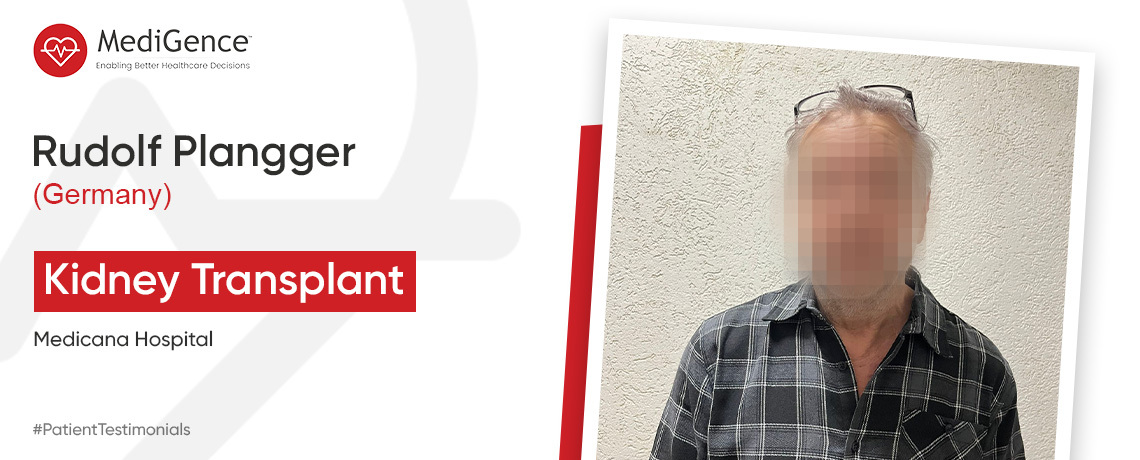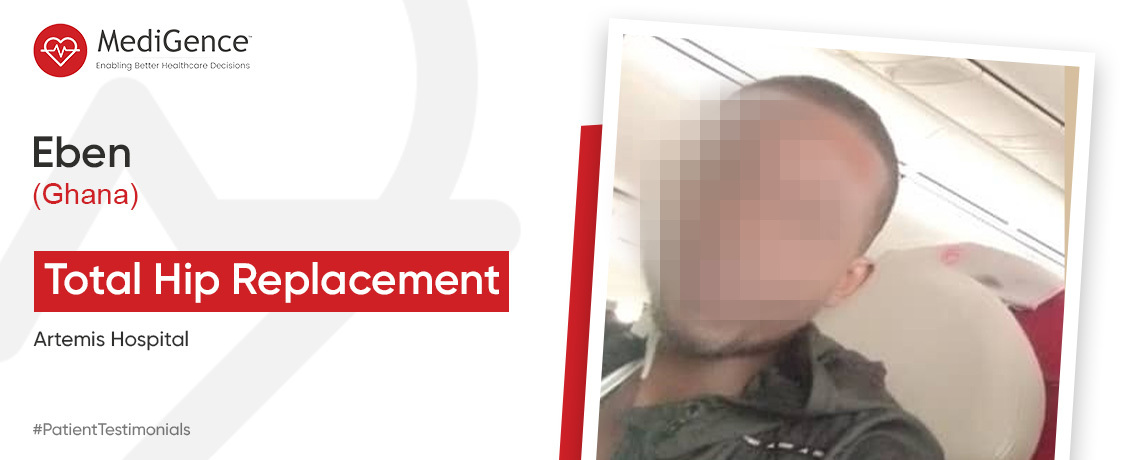In case of a stroke, the patients need immediate medical attention to prevent brain damage or even death. Depending on the type of stroke you had, whether an ischemic or a hemorrhagic stroke, the type of surgical intervention can vary. Different surgical methods could be used by the neurosurgeon to treat the stroke.
Different Types Of Surgeries For Brain Stroke
There are different types of surgeries available for stroke. Surgery for an ischemic stroke focuses on removing the blood clots, while a craniotomy can be used to repair the ruptured blood vessels in a hemorrhagic stroke. Some of the different surgeries for stroke are:
1. Carotid Endarterectomy
When a blockage in the carotid artery of the neck is the cause of a stroke then a carotid endarterectomy is performed to remove the blockage. The carotid artery supplies blood to the brain. To restore blood flow, the neurosurgeon in this procedure makes a neck incision first, then locates the carotid artery and removes the plaque. The patient might need to spend the night in the hospital after this procedure, which can be done under local anesthetic. The blood can now easily flow to the brain because of this surgery. It can be used for both the management and prevention of stroke.
2. Mechanical Embolectomy
Mechanical embolectomy is a minimally invasive surgery for stroke. Due to its less intrusive nature, this procedure can even be carried out between 8 and 12 hours after a patient first displays symptoms of a stroke, which provides the patients with substantial benefits. But you have to decide to have this procedure as soon as possible. This is because the technique becomes less effective the longer it is used after a person exhibits symptoms of a stroke. A device within a plastic tube that the surgeon inserts into your artery will direct the tube to the plaque’s location to remove it.
3. Hemicraniectomy
The sudden interruption of the blood supply to the brain during a stroke can lead to massive swelling. This leads to an increase in the intracranial pressure of the skull which can cause brain damage. However, this can be prevented with a hemicraniectomy. During the surgery, the surgeon will remove a part of the skull to relieve the pressure. The removed region will be then sutured back after the intracranial pressure has subsided. Though this procedure can help in restoration, it is considered to be risky for people who are above 60 years of age and have suffered from severe strokes.
4. Coil embolization and aneurysm clipping
Your doctor will recommend treatments such as coil embolization or an aneurysm clipping if the stroke occurred because of a balloon-like protrusion in the artery. By clipping the aneurysm, the risk of it rupturing the blood vessel or leaking blood into the brain is reduced. The patient is given general anesthesia for this surgery. In contrast, coil embolization involves the insertion of a flexible tube known as a catheter by the surgeon into the area surrounding the aneurysm. Next, the surgeon passes a tiny coil through this catheter to create a blood clot.
5. Cerebral revascularization
This is again a surgery for resolving blocked carotid arteries. It is also known as bypass surgery. To restore the blood flow in the brain, the surgeon will reposition the path of another artery obtained from the scalp. Thus, allowing the brain to function normally.
When determining which surgery is best, the doctor will consider several things, including your age, your physical condition, the type of stroke you had, and its severity. Surgery might be a lifesaver, yet it will depend on your condition if it is necessary. To be prepared, you should assess your risk of stroke with a physician if you believe you may have one.
What Happens After Surgery For A Stroke?
Most patients who have experienced a stroke are recommended by their healthcare team to undergo rehabilitation. This is because stroke can affect many functions such as walking. This is because a stroke can impair a range of abilities, including walking. Physical therapy, occupational therapy, and speech and language therapy would all be included in a rehabilitation program. This would assist stroke patients in regaining their independence and relearning any abilities that the stroke may have damaged. Many stroke patients live in regions of the world where access to rehabilitation experts is limited.
Avail Stroke Treatment Across The World
| Stroke Treatment |
Starting Cost in USD |
| Stroke Treatment Cost in India |
$3,000 – $6,000 |
| Stroke Treatment Cost in Turkey |
$3,839 – $8,300 |
| Stroke Treatment Cost in Spain |
$6,961 – $21,820 |
| Stroke Treatment Cost in Thailand |
$5,500 – $18,000 |
| Stroke Treatment Cost in UAE |
$4,006 – $17,900 |
Conclusion
Performing surgery for brain stroke will depend on several factors. Surgery may not always be required and sometimes your stroke can be addressed with medications. However, after surgery, rehabilitation will still be required to ensure that you can regain your independence.
Related Reads:
Stroke Treatment: Symptoms, Classification, Diagnosis & Recovery
Scoliosis Surgery: Symptoms, Classification, Diagnosis & Recovery
Spinal Fusion: Symptoms, Classification, Diagnosis & Recovery
Deep Brain Stimulation: Symptoms, Classification, Diagnosis & Recovery
Epilepsy Treatment: Symptoms, Classification, Diagnosis & Recovery
Microdiscectomy: Symptoms, Classification, Diagnosis & Recovery
Corpus Callosotomy: Symptoms, Classification, Diagnosis & Recovery
Vagal Nerve Stimulator for Epilepsy: Symptoms, Classification, Diagnosis &
Recovery




